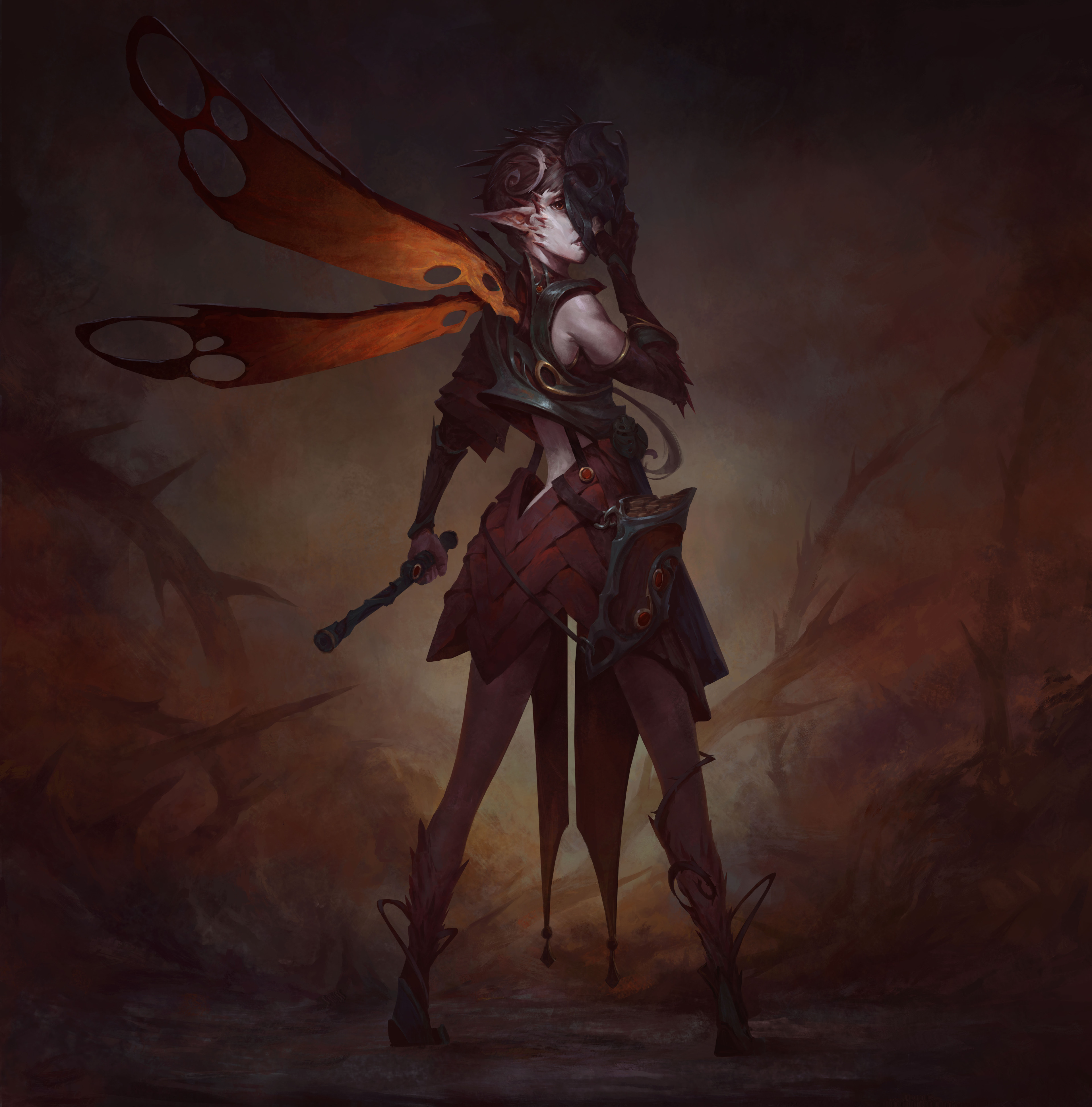The other day, I've had a casual chat on the discord with Klaustrix and multiple other people about a magic system. He was looking for inspiration regarding divine magical technology, so we worked something out. I thought you might enjoy reading it, so here is my version of that.
This isn't related to Runehack, I could see it maybe growing into a world of its own though. I'll just have to feel inspired enough to develop this further.
 |
| The look of the future. LI's ABSTRACT - Cube Tiles, by Laticis Imagery |
Divtech
If you have some surface-level knowledge about quantum theory, you might have heard of superpositions, true randomness, and possibly some stuff to do with light. I don't know what exactly all of that is about, since I'm not a quantum physicist, but I can surely borrow some of it as a source of inspiration.
Constructing the most basic component of divtech is fairly common knowledge. It's a specific scheme of mirrors made out of a special material, that fairly randomly determines whether it reflects light, or lets it pass through it. All of this is enclosed within a cube, half of its neighboring sides is painted black (for the receivers), and the other half white (for the emitters), with the receivers/emitters in the center of each side. These components are called "faith cubes", and they are the most basic component of the divtech. How big are the faith cubes depends on how far the technology has developed - originally each cube could maybe be held in the palm of a hand on its own, but maybe as the divtech develops better and better methods of making smaller faith cubes, they could go below the size of 1 inch. I'm thinking they'd have magnets at their corners so that they could stick to one another, and so that you could only attach a receiver to an emitter instead of receiver/receiver or emitter/emitter.
You see, what people don't know is that the mirrors are not completely random. They work based on faith. Visualize it as each faith cube containing every possible arrangement of logical gates, that could be based on the three inputs output any possible combination of outputs determined by which mirrors do/don't let the light through. They could serve as simple carriers of signals, negating gates, AND gates, OR gates, and anything else, depending on what's needed.
In order to filter the device from outputting random noise, there are "focus filter" cubes between the faith cubes and output components. These function basically as an AND gate, giving output only when they're receiving an input from one direction, and at the same time when someone is focusing on the device.
How is such a device used and constructed? Well, you just stack as many of these cubes together as you can, and then focus on the device, thinking of the problem you wish to resolve, and you'll receive an answer if you believe you will get the answer. These devices are usually constructed by either studying the problem you're trying to solve a lot and meticulously putting together cubes in a perfect arrangement, testing it until you get the right answer, or by putting as many of these cubes together as possible and removing them bit by bit until you're left with only the necessary cubes for getting an answer. Once the proper structure is figured out, maybe one could make a more permanent version of the device by removing the sides of cubes that are attached to each other and welding the overall structure together instead of relying on magnets.
When it comes to the output devices, there could be literally anything. Rotors, light emitters, hard light 3D printers, and quite possibly more. Maybe you could even put the device into a chassis of sorts and have it move around on its own, however, you will it to move.
 |
| How the faith cube could in theory look on the inside. Just imagine the red lights to be centered on each side. Panopticum, by Michail Mavronas |
Why Cubes?
No, it's not because of Minecraft. Long story short, it's the only way to perfectly "tile" a 3D space using one regular 3D. For more information on that, check out this article.
If you don't want to use cubes, truncated octahedrons can be used to tile the 3D space too, and each of them has 14 faces, which means it could receive 7 possible inputs and emit 7 possible outputs for each shape. I just made it cubes in this article, because it was the original shape, and it's the easiest one to imagine.
Divtech Art
Of course, there's some skill to constructing the divtech, so there's definitely some art based on it. Something that's not practical but a show of art or skill is flat divtech devices, with cubes arranged into a 2D shape. Another possibility is making screens that display anything one believes they should display using layers of faith cubes, filters, and display cubes.
Weaknesses
One important condition for the faith cubes to work is to keep them closed. If you know all of the facts, you can't have faith. Thus, each of the faith cubes is a closed system that can't be reverse-engineered when used in practice. That's what the biggest weakness of the divtech is - you will get your answer, but you must know how to formulate your question, and you can never use it to tell you how it gave you this answer. Kinda like asking your nerdy classmate for the homework solution without asking them for the process.
The next major factor is that these devices are rather inflexible. In our world, we use electricity that can be run through a flexible wire. But these cubes are not flexible. They must stick to each other in order to work. At least, until someone would create something that could bend the light. Maybe optic wires? Either way, the components themselves would be inflexible.
Of course, there's the factor of how much "special material" is there for the creation of faith cubes' mirrors. But material requirements are a part of all technology.
The greatest downside I can think of is the user's own bias. If you use a divtech calculator to, for example, "calculate 2+2 because I think it's 5", the device will find a way to calculate 2+2 in a way that results in 5. In order to use the divtech properly, one must clear their mind of any preconceptions of the possible answers. Afterall, these devices are black boxes, that will give you the answer you want.
Anyway, that's about it for today. Just a little neat idea I had that I wanted to share. I could maybe try to develop it further in the future, but for now I think it's cool enough to share.
Thank you for reading, and have a nice day!









